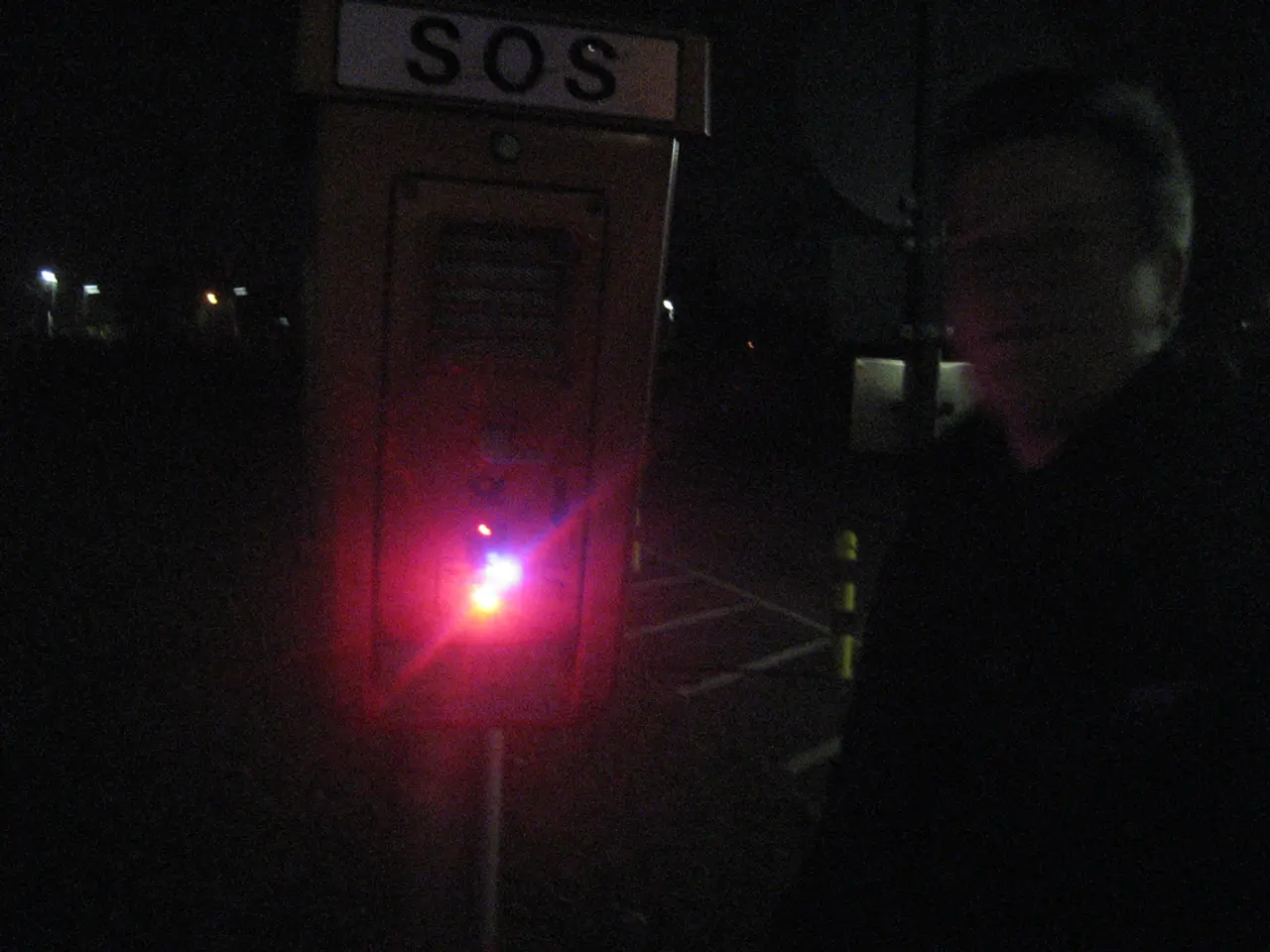"Guide for Filing Reports on Leaks and Environmental Misconduct"
In the event of an environmental emergency that poses a sudden threat to public health in the United States, prompt action is crucial. Here's a simplified process to guide you through the reporting and management of such incidents.
**1. Identify the Emergency**
Determine the nature of the environmental emergency and assess its potential impact on public health. This could involve spills, chemical releases, or other hazardous incidents.
**2. Notify Local Authorities**
Contact local emergency services such as police, fire departments, or emergency management offices to report the incident. They can provide immediate assistance and coordinate emergency responses.
**3. Report to the National Response Center (NRC)**
If the incident involves a hazardous material spill or release, call the NRC at 1-800-424-8802. The NRC is the federal agency responsible for receiving initial reports of environmental emergencies and can coordinate a response with other agencies.
**4. Inform the Environmental Protection Agency (EPA)**
For immediate threats, the EPA's Emergency Operations Center should be contacted directly. While the Enforcement and Compliance History Online (ECHO) system is typically used for reporting suspected environmental violations, it's more suitable for compliance issues rather than immediate emergencies.
**5. Involve Local Emergency Planning Committees (LEPCs)**
Under the Emergency Planning and Community Right-to-Know Act (EPCRA), Local Emergency Planning Committees (LEPCs) are responsible for developing emergency response plans. Reporting incidents to LEPCs can help ensure that local emergency plans are activated.
**6. Follow Reporting Requirements**
For facilities handling hazardous substances, report any releases that exceed Threshold Planning Quantities (TPQs) as required by EPCRA's Section 302. This includes notifying the LEPC, State Emergency Response Commission (SERC), and Tribal Emergency Response Commission (TERC) if applicable.
**Additional Resources**
- **Federal Emergency Management Agency (FEMA)**: Provides guidance on emergency management planning, although not directly involved in environmental emergency reporting. - **State and Local Agencies**: These often have specific protocols for reporting environmental emergencies and may require additional notifications.
By following these steps, you can effectively report and manage an environmental emergency in the United States. For region-specific contact information, please refer to the table below:
| Region | Contact | |--------|---------| | 1 | 1-215-814-5000 (outside the region)
1-800-438-2474 (within the region) | | 2 | 1-212-637-4040 | | 3 | 1-800-241-1754 or 1-404-562-9900 (Region 4)
1-303-312-6054 (Region 8)
1-800-300-2193 (Region 9)
1-800-424-4372 or 1-206-553-4973 (Region 10) | | 4 | 1-800-887-6063 (within the region)
1-214-665-2210 (elsewhere) | | 5 | 1-312-353-2000 | | 6 | 1-800-222-1222 (Pesticide Poisoning)
1-800-858-7378 (National Pesticide Information Center) | | 7 | 1-800-223-0425 |
For non-emergency pesticide spills, contact the National Pesticide Information Center at (800) 858-7378 or the pesticide manufacturer. For illegal use of a pesticide, or another possible violation of environmental laws or regulations, fill out the form at the EPA's website or call the EPA office in your area of the country. Reports of previous environmental incidents can be viewed at the National Response Center.
- In the case of a hazardous waste spill or release that might affect air, water, or land, it's crucial to identify the chemicals involved, such as pesticides, to understand the potential environmental impact.
- Recycling waste appropriately can help decrease the amount of hazardous substances released into the environment, thus supporting public health and the protection of the environment.
- Science and technological advancements can play a significant role in devising efficient solutions to manage environmental emergencies and minimize harm to the environment and public health.
- Financing is an essential aspect of managing environmental emergencies, as it facilitates the implementation of necessary measures like cleanup and restoration projects.
- To promote awareness and preparedness in the event of an environmental emergency, educating the public about environmental-science concepts can foster a sense of responsibility towards preserving the environment and taking action when necessary.




